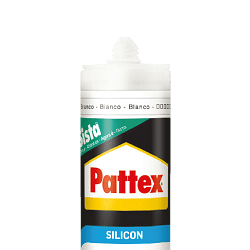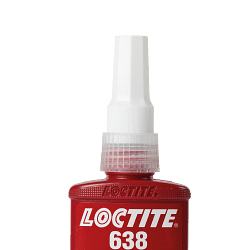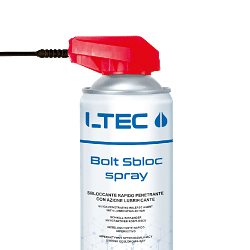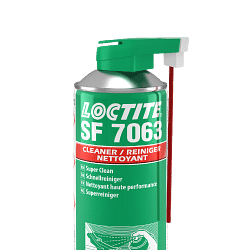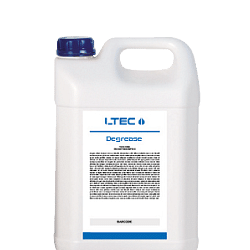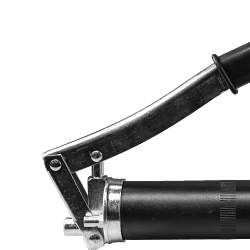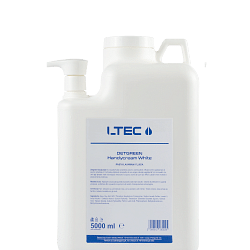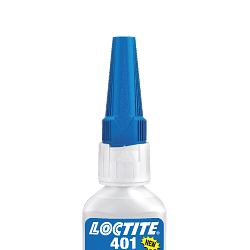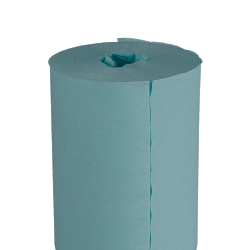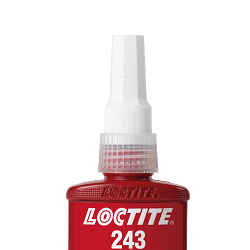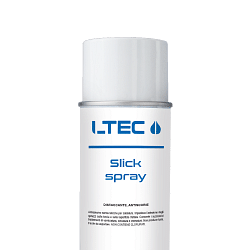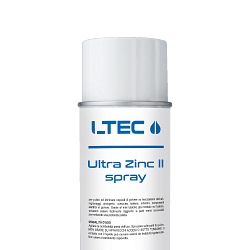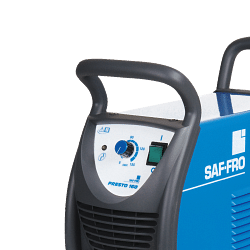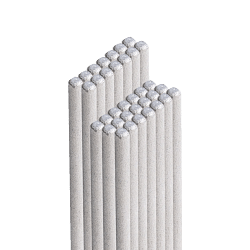Register and use the discount code NEWWELCOME to get 10% off on your first purchase. GET DISCOUNT.
Register and use the discount code NEWWELCOME to get 10% off on your first purchase. GET DISCOUNT.
Register and use the discount code NEWWELCOME to get 10% off on your first purchase. GET DISCOUNT.
Free shipping in 24h from 200€
Catalogues
Customer service
How can we help you?
- Faq
- Customer service
02.927371
- Supporting big orders
02.38298620
-
info@linkindustrialtools.it
- Request assistance with form
Or contact us with the chat in the lower right corner
- All products
 Integral cutting tools
Integral cutting tools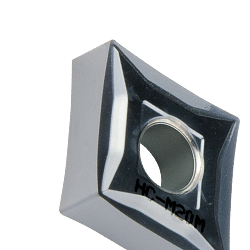 Turning tools
Turning tools Thread tools
Thread tools Thread tools
Thread tools- All products
- Thread inserts
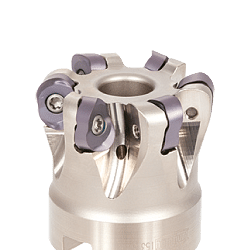 Milling cutters
Milling cutters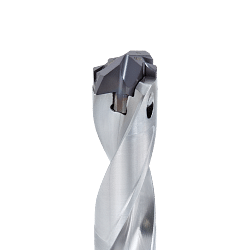 Drilling tools
Drilling tools Drilling tools
Drilling tools- All products
- Indexable drill bits
- Indexable drill heads
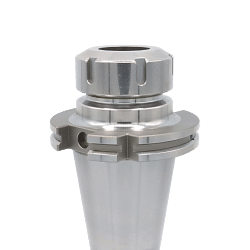 Clamping systems
Clamping systems Measuring and precision tools
Measuring and precision tools Measuring and precision tools
Measuring and precision tools- All products
- Digital calipers with readings to 0.01
- Analogue calipers
- Digital micrometers
- Analogue micrometers
- Bore gauges
- Snap gauges
- Digital gauges
- Analogue gauges
- Touch probes
- Zero setters and edge finders
- Inspection plates
- Altimeters
- Height gauges
- Squares and levels
- Threaded rings
- Gauge blocks
- Calibrated tapes and thickness gauges
- Digital and analogue hardness testers
- Roughness testers
- Microscopes, lenses and visors
- Digital thermo-hygrometer to measure moisture
- Reset benches
- Optical profile projector
- Professional, digital dynamometers
- Laboratory scales
- Digital amperometric pliers
- Thickness and adhesion gauges
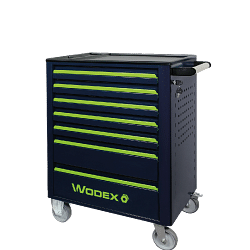 Hand tools
Hand tools Hand tools
Hand tools- All products
- Combination wrenches
- Spanners
- Hook wrenches
- Tubular wrenches
- Hexagon keys
- Torx wrench
- Socket wrenches
- Screwdrivers
- Torque wrenches
- Torque screwdriver
- Inserts and bits for screw drivers
- Tool trolleys
- Workshop pliers
- Wire strippers
- Cable strippers
- Cutting nippers
- Professional scissors
- Nippers
- Professional shears
- American or Swedish pipe wrench
- Adjustable wrench
- Pipe tools
- Pipe cutter for plumber
- Cutter
- Hacksaws
- Deburring tools
- Chisels
- Hammers and mallets
- Mechanical and conical pullers
- Clamps
- Tap wrenches and die stocks
- Riveters
- Flexometers
- Tape measures
- Markers
- Flat squares and rulers
- Professional dividers
- Professional protractors
- Brushes
- Lubricators and spray nozzles
- T-wrenches
- Reversible ratchets
 Abrasives
Abrasives Abrasives
Abrasives- All products
- Cutting discs
- Deburring grinding wheel
- Flap discs
- Fabric discs for surface treatment
- Abrasive fibre discs with Velcro
- Abrasive cloth in rolls, sheets and bands
- Flap wheels with pin and abrasive wheel with hole
- Abrasive wheels for buffing machines
- Abrasive spiral bands
- Abrasive brushes
- Flexible sanders
- Mounted grinding discs
- Polishing felt
- Solid carbide rotary cutters
- HSS rotary cutters
- Abrasive wheels for sharpening and grinding
- Diamond grinding wheels
- Grinding stone
- Diamond paste
- Abrasive stones
- Files and rasps
- Diamond files
- Grinders and polishing equipment
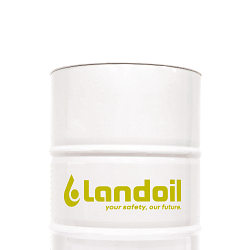 Lubricants for machine tools
Lubricants for machine tools Lubricants for machine tools
Lubricants for machine tools- All products
- Water-miscible coolants
- Neat cutting oil
- Minimal lubrication systems
- Oil for guides and slides
- Drums of hydraulic oil fluid
- Anti-freeze for machine tools
- Air coolers
- Oil separator
- Powders and absorbents for oil
- Aspirators for oil mist
- Accessories for cooling lubricants
- Metal and mould protectors
- Grease and paste
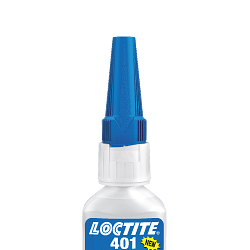 Chemical, adhesives and sealants
Chemical, adhesives and sealants Chemical, adhesives and sealants
Chemical, adhesives and sealants- All products
- Acrylic, cyanoacrylate and epoxy adhesives
- Guns and silicon sealant
- Threadlocker
- Sealants and retainers
- Release agents, lubricants and anti-seize
- Zinc spray and polishes
- Lubrication accessories
- Protections for maintenance
- Industrial Cleansing
- Handwash
- Industrial cloths and rags
- Welding machines
- Electrodes
- Clamps, shields and welding masks
- Antispatter
 Safety equipment
Safety equipment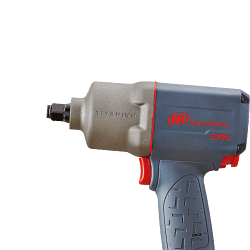 Pneumatics
Pneumatics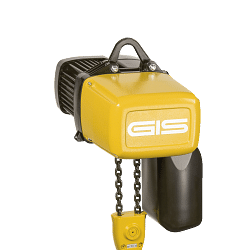 Lifting systems
Lifting systems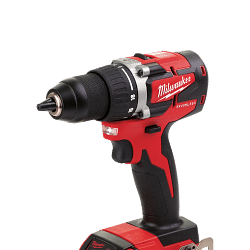 Workshop equipment
Workshop equipment Workshop equipment
Workshop equipment- All products
- Column and bench drills
- Accessories for lathes
- Band saws
- Cut-off machines
- Bench grinders
- Power tools
- Spare parts and accessories for Power Tools
- Saws and hole cutters: wood, metal and plasterboard
- Tapered cutters for sheet metal
- Industrial aspirators
- Fume aspirators
- Bench vices
- Technical lamps
- LED torches
- Industrial cable winders
- Trolley wheels
- Quick clamps
- Threaded inserts
- Control knobs
- Packaging accessories and material
- Belt sanders
- Electric tapping machines
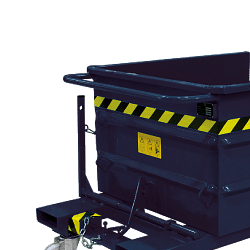 Furnishings and storage
Furnishings and storage Furnishings and storage
Furnishings and storage- All products
- Work benches
- Swivel chairs for office use
- Drawer units for workshops
- Industrial cabinets for warehouses and workshops
- Tool cabinets
- Security cabinets
- Changing room cabinets
- Containers for small metal parts
- Scrap holders
- Workshop trolleys
- Spill pallets for drum storage
- Shelves for warehouses and offices
- Cantilever shelving
- Aluminium ladders
- Modular plinths
- Units and cabinets for waste recycling
 Brand
BrandPromotions
 Bestseller
Bestseller- Catalogues
-
Catalogues
Customer service
How can we help you?
- Faq
- Customer service
02.927371
- Supporting big orders
02.38298620
-
info@linkindustrialtools.it
- Request assistance with form
Or contact us with the chat in the lower right corner
< Chemical, adhesives and sealants
- Home
- Chemical, adhesives and sealants
- Antispatter
Antispatter
In the world of machine shops, efficiency and quality of work are key elements in ensuring customer satisfaction and equipment longevity. A crucial aspect in achieving these goals is the use of specific products that improve machining processes and protect metal surfaces. Among these, anti-spatter products play a major role. In this in-depth look, we will explore what antispatters are, what they are used for, how they are used and what advantages they offer, also answering the most frequently asked questions on this topic.
Understanding antispatters: an essential overview
Antispatters are chemicals designed to prevent the adhesion of molten metal particles, commonly known as 'spatter', which are generated during welding processes. These particles can adhere to surrounding metal surfaces, causing aesthetic imperfections and potential functional problems. Anti-spatters act as a protective barrier, preventing the particles from sticking and facilitating the cleaning of surfaces after welding.
The importance of antispatters in machine shops
In machine shops, welding is a common and fundamental process. However, the presence of spatter can compromise the quality of work, requiring additional cleaning and finishing operations that increase production time and costs. The use of anti-spatter can significantly reduce these inconveniences, improving operational efficiency and the quality of the final product.
How antispatters are used: a practical guide
The application of antispatters is a simple process, but one that requires care to ensure optimal results. Before starting welding, it is important to clean the metal surface thoroughly to remove any contaminants. Next, the antispatter is applied evenly to the surface using a spray nozzle or brush, depending on the product formulation. It is essential to follow the manufacturer's instructions regarding the amount and method of application, as over- or under-application can affect the effectiveness of the product.
Benefits of using antispatters
The adoption of antispatters in welding operations offers several advantages. Firstly, it reduces the time required for post-weld cleaning, as spatter particles do not adhere to the treated surfaces. This results in time and cost savings, increasing the overall efficiency of the production process. In addition, the use of anti-spatter helps improve the aesthetic appearance of the finished product, eliminating the need for additional finishing operations. Finally, it protects equipment and metal surfaces from potential damage, prolonging their lifespan and reducing maintenance costs.
Frequently asked questions about antispatter
1. Are antispatters safe to use?
Antispatters are generally safe when used according to the manufacturer's instructions. However, it is important to wear personal protective equipment, such as gloves and goggles, to avoid direct contact with skin and eyes.
2. Can they be used on all types of metal?
Most antispatters are compatible with a wide range of metals, but it is always advisable to check the compatibility of the product with the specific material on which it will be applied.
3. Do antispatters affect the quality of the weld?
When applied correctly, antispatters do not affect the quality of the weld. On the contrary, they improve the aesthetic appearance and functionality of the weld joint.
4. Is it necessary to remove antispatter after welding?
In many cases, antispatter does not require removal, as it evaporates or dissolves during the welding process. However, it is important to follow the manufacturer's instructions to determine whether additional cleaning is necessary.
5. What is the difference between water- and solvent-based antispatters?
Water-based antispatters are generally more environmentally friendly and safer to use, whereas solvent-based antispatters may offer greater heat resistance and longer-lasting protection. The choice between the two depends on the specific operational needs and preferences of the user.
Conclusion: the strategic importance of antispatters
In summary, antispatters are a key element in improving the efficiency and quality of welding processes in machine shops. Their ability to prevent the adhesion of spatter particles not only reduces production time and costs, but also contributes to improving the appearance and functionality of finished products. Investing in high-quality anti-spatter products and using them correctly can make the difference between an efficient production process and one that requires constant maintenance and refinishing. For machine shops striving for excellence, anti-spatter products are an indispensable ally.
Read More Read LessUnderstanding antispatters: an essential overview
Antispatters are chemicals designed to prevent the adhesion of molten metal particles, commonly known as 'spatter', which are generated during welding processes. These particles can adhere to surrounding metal surfaces, causing aesthetic imperfections and potential functional problems. Anti-spatters act as a protective barrier, preventing the particles from sticking and facilitating the cleaning of surfaces after welding.
The importance of antispatters in machine shops
In machine shops, welding is a common and fundamental process. However, the presence of spatter can compromise the quality of work, requiring additional cleaning and finishing operations that increase production time and costs. The use of anti-spatter can significantly reduce these inconveniences, improving operational efficiency and the quality of the final product.
How antispatters are used: a practical guide
The application of antispatters is a simple process, but one that requires care to ensure optimal results. Before starting welding, it is important to clean the metal surface thoroughly to remove any contaminants. Next, the antispatter is applied evenly to the surface using a spray nozzle or brush, depending on the product formulation. It is essential to follow the manufacturer's instructions regarding the amount and method of application, as over- or under-application can affect the effectiveness of the product.
Benefits of using antispatters
The adoption of antispatters in welding operations offers several advantages. Firstly, it reduces the time required for post-weld cleaning, as spatter particles do not adhere to the treated surfaces. This results in time and cost savings, increasing the overall efficiency of the production process. In addition, the use of anti-spatter helps improve the aesthetic appearance of the finished product, eliminating the need for additional finishing operations. Finally, it protects equipment and metal surfaces from potential damage, prolonging their lifespan and reducing maintenance costs.
Frequently asked questions about antispatter
1. Are antispatters safe to use?
Antispatters are generally safe when used according to the manufacturer's instructions. However, it is important to wear personal protective equipment, such as gloves and goggles, to avoid direct contact with skin and eyes.
2. Can they be used on all types of metal?
Most antispatters are compatible with a wide range of metals, but it is always advisable to check the compatibility of the product with the specific material on which it will be applied.
3. Do antispatters affect the quality of the weld?
When applied correctly, antispatters do not affect the quality of the weld. On the contrary, they improve the aesthetic appearance and functionality of the weld joint.
4. Is it necessary to remove antispatter after welding?
In many cases, antispatter does not require removal, as it evaporates or dissolves during the welding process. However, it is important to follow the manufacturer's instructions to determine whether additional cleaning is necessary.
5. What is the difference between water- and solvent-based antispatters?
Water-based antispatters are generally more environmentally friendly and safer to use, whereas solvent-based antispatters may offer greater heat resistance and longer-lasting protection. The choice between the two depends on the specific operational needs and preferences of the user.
Conclusion: the strategic importance of antispatters
In summary, antispatters are a key element in improving the efficiency and quality of welding processes in machine shops. Their ability to prevent the adhesion of spatter particles not only reduces production time and costs, but also contributes to improving the appearance and functionality of finished products. Investing in high-quality anti-spatter products and using them correctly can make the difference between an efficient production process and one that requires constant maintenance and refinishing. For machine shops striving for excellence, anti-spatter products are an indispensable ally.


